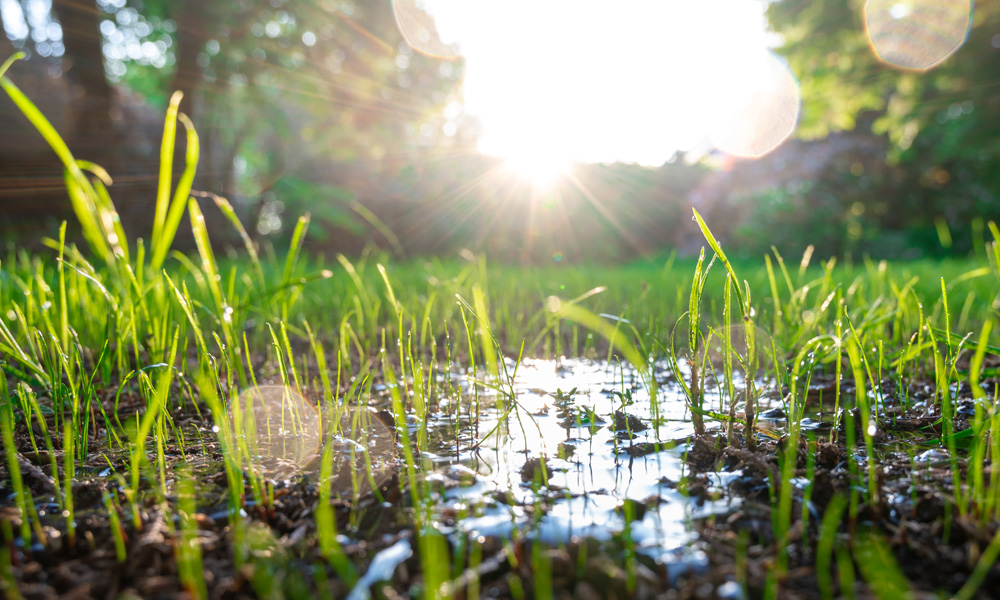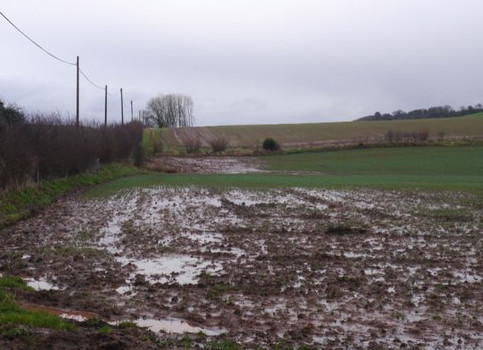Wet Soil
Wet Soil

A perfect combination of air and water are vital to support a plants root system.
Most plants that are placed in saturated soil will have insufficient drainage and oxygen, often leading to root decay.
However, there are plants and shrubs that thrive in permanently moist conditions – a lesser number of varieties are able to cope in waterlogged/flooded conditions but they are out there!
It is possible to improve the drainage of incredibly wet conditions by breaking up any mounds of clumped soil with a spade or fork.
This will avoid large pockets of water from forming, saturating the roots and diminishing their chances of survival.


To enhance drainage further, amend your native soil with a generous amount of organic matter consisting of well-rotted garden compost.
This should be undertaken annually and will aim to ventilate the soil, increasing the amount of air reaching the root system.
How do I know if I have wet soil?
- Dig a straight sided hole within your soil, roughly 60cm (2ft) deep.
- Keep the newly dug hole covered from any impending rain water and leave overnight.
- If water is found in the hole, it will mean that you have a high-water table.
- If there is no water, fill the hole with water and leave for a further 24 hours.
- After this time period, if water still remains the drainage is poor and your soil would be considered as ‘wet’.






